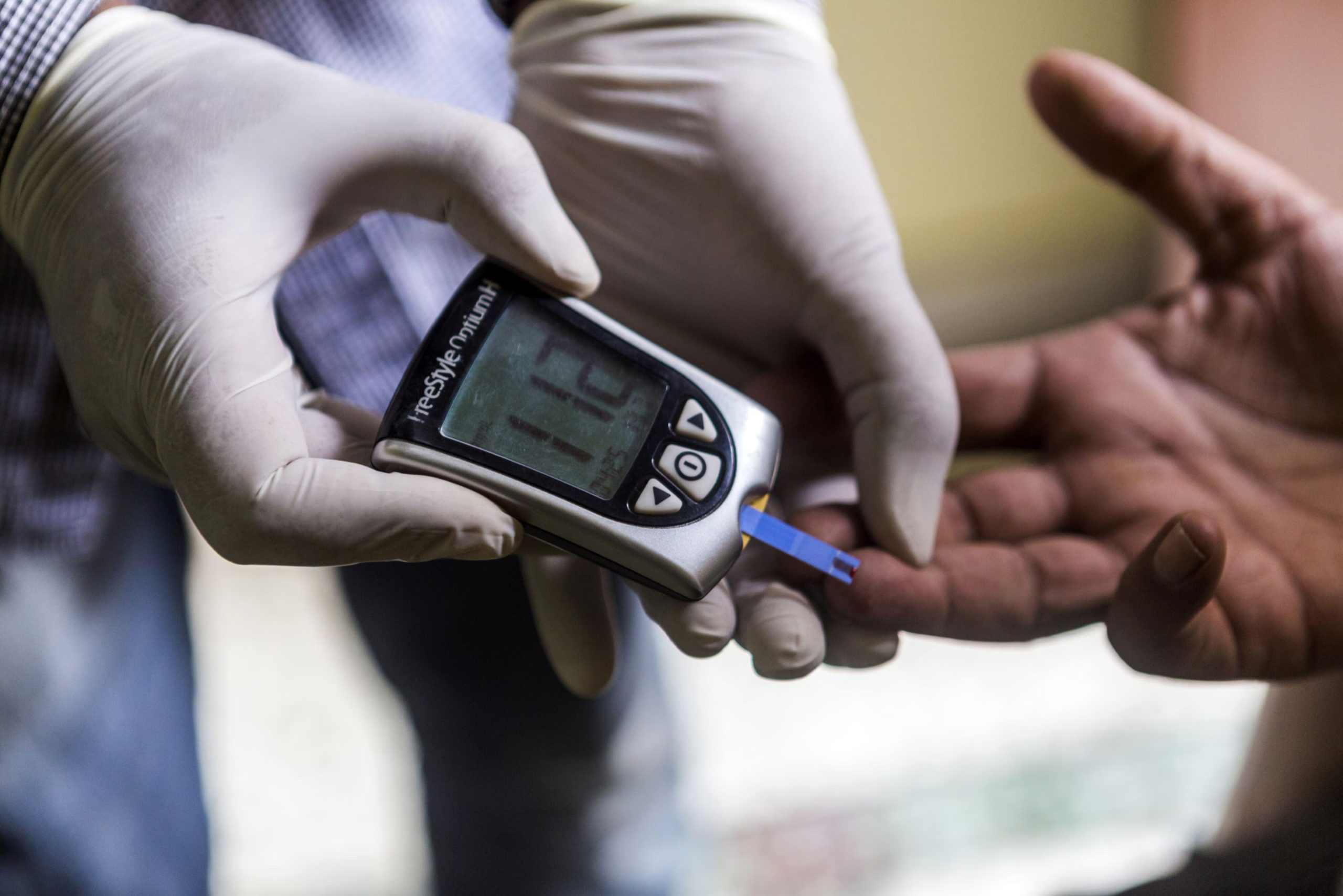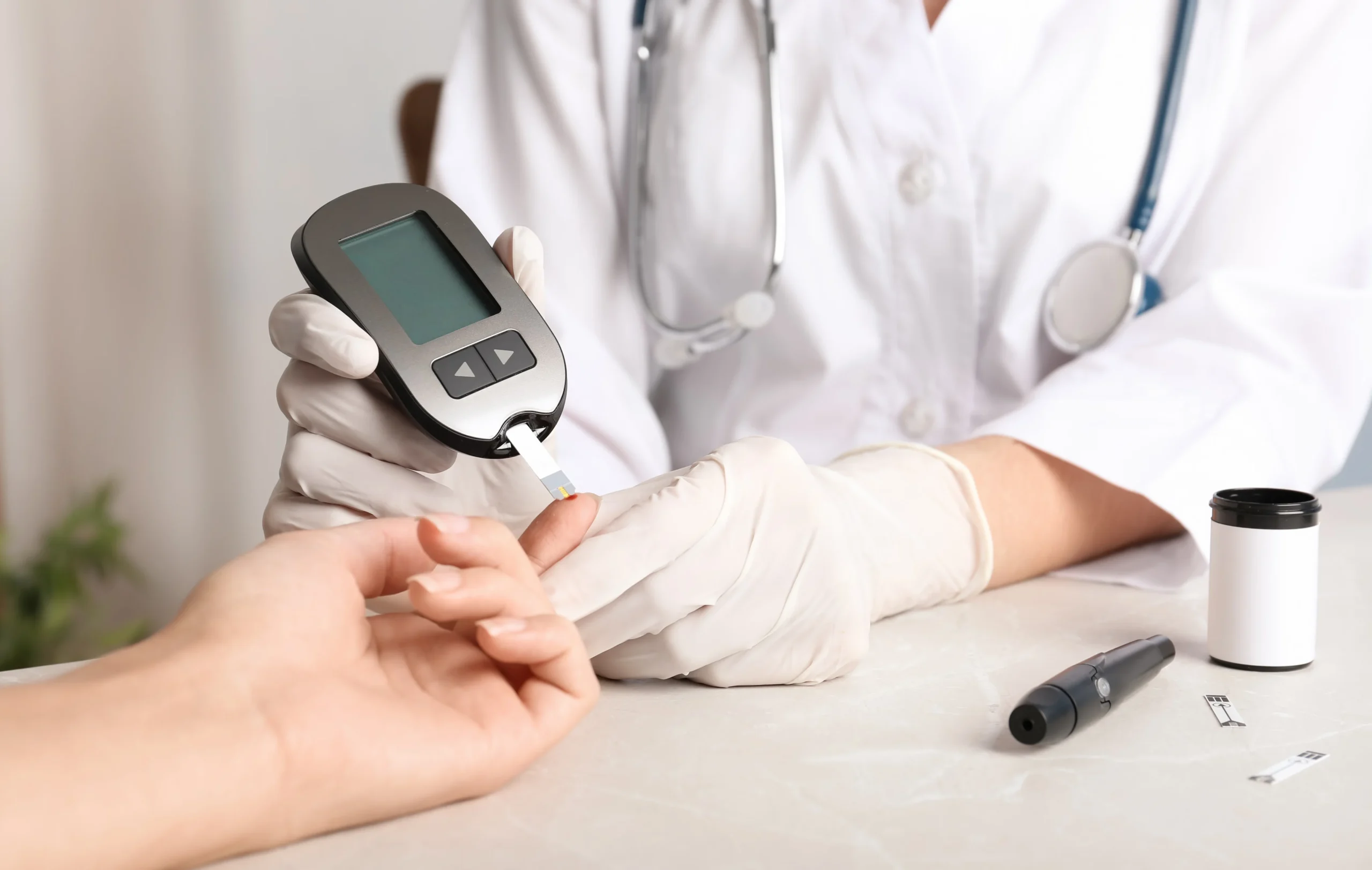A team of medical researchers in China has achieved a remarkable milestone in the treatment of type 1 diabetes by functionally curing a female patient through an innovative procedure involving programmed stem cells.
Their findings, published in the journal *Cell*, describe a method where the patient’s own cells were extracted, reverted to a pluripotent state, and programmed to develop into pancreatic islets. These engineered cells were then injected back into her abdomen, providing a new avenue for diabetes treatment.
Advancements in stem cell research over the past decade have been profound, leading to breakthroughs in creating organoids, organs, and various biological tissues. Stem cells have been utilized to treat a range of medical conditions, including muscle damage and sickle cell disease.
In this groundbreaking study, the researchers aimed to address the loss of pancreatic islets due to an autoimmune response that leads to type 1 diabetes. By using stem cells to regenerate these critical insulin-producing islets, the team targeted the core issue of insulin deficiency in patients suffering from this chronic illness.
Type 1 diabetes arises when the immune system mistakenly attacks and destroys the insulin-producing islets within the pancreas. This autoimmune process often begins in childhood or adolescence, which is why the disease is frequently referred to as juvenile diabetes.

The destruction of these islets necessitates a therapeutic focus on their replacement. Potential cures can involve either donor organ transplantation or the innovative use of the patient’s own cells to generate pluripotent stem cells, which can then be programmed to form new islets.
In their study, the researchers collected cells from three patients with type 1 diabetes and employed a modified approach to revert these cells to a pluripotent state. Instead of introducing proteins, they exposed the cells to specific molecules, allowing for the creation of pancreatic islets.
The treatment was carried out in a staggered manner, enabling the team to apply findings from the first patient to enhance the procedures for the subsequent patients. This meticulous approach ensured careful monitoring of the treatment’s effectiveness and patient outcomes.
For the first patient, a 25-year-old woman, the procedure involved a 30-minute injection of 1.5 million programmed islets into her abdomen, facilitating easy monitoring and the possibility of removal if necessary. Remarkably, two and a half months post-injection, testing revealed that she was producing adequate amounts of insulin, allowing her to cease insulin injections entirely.
A year after the procedure, she continued to generate her own insulin. However, the research team cautioned that her ongoing use of immunosuppressant drugs from a prior liver transplant leaves uncertainty about whether her immune system might reactivate the attack that caused her type 1 diabetes.
